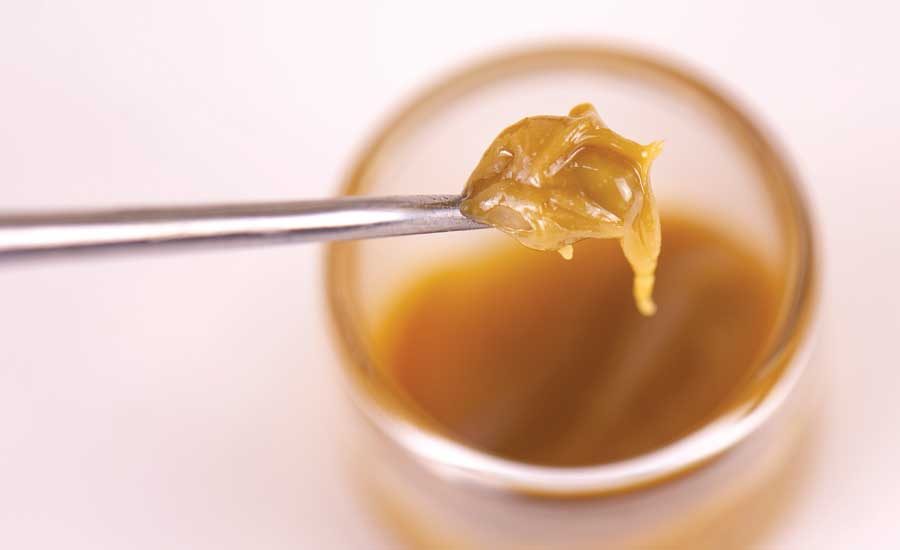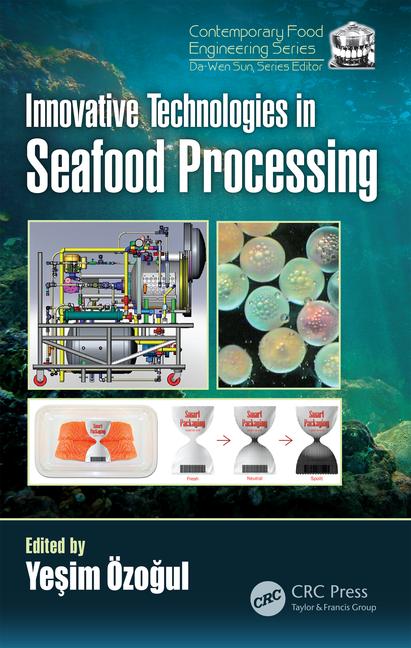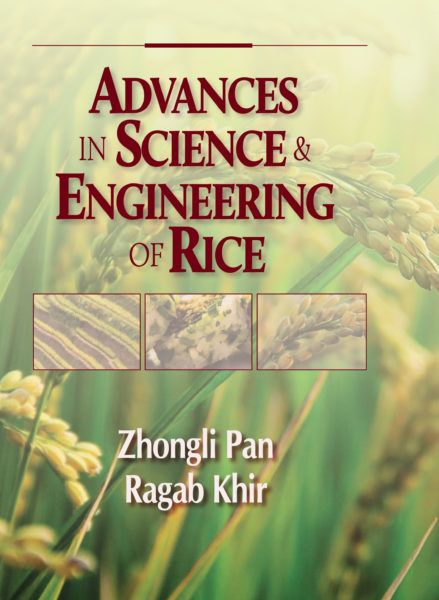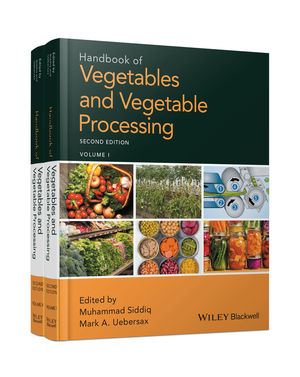Ingredient companies use extraction technologies to concentrate the active components in cannabis. This is a boon to makers of legal cannabis edibles and beverages seeking to produce a variety of functional commercial products that have consistency and quality.
Uniquely Cannabis
Most of the extraction technologies employed with cannabis are already well known within the food, nutritional supplement and pharmaceutical industries. However, there are some modifications of known technologies which are specific to cannabis.
The primary goal of cannabis extraction is to produce functional concentrates of specific bioactive substances. However, the components extracted from cannabis for use in cannabis products are not only lipid-soluble, they are among the most strongly lipophilic compounds in the ingredient industry.
There are extractions of cannabis products called “solvent-less” extractions. These refer to extraction by filter, pressure or water (even though water used for extraction is, technically, a type of solvent). The ingredients derived from these methods are typically crude and impure.
For the latest insights on developing cannabis-infused food and beverages, visit cannabisproductsmagazine.com
The components in question are, typically, the psychoactive compound tetrahydrocannabinol (THC), non-psychoactive cannabidiol (CBD) and terpenes. Profiles of the terpene components of cannabis (there are more than 200 known) are peculiar to each specific strain and are responsible for its flavors and aromas. Research also shows that these terpene compounds are likely at least partially responsible for the beneficial effects attributed to cannabis. These are thought to occur through a synergy known in the cannabis industry as the “entourage effect.”
Concentrate Dynamics
The raw material starting point for cannabis extraction in large part determines the types of concentrates that can be produced. Industrial hemp is a strain of Cannabis sativa that contains relatively little THC—less than 3 percent—in relation to CBD. It is grown and processed for a variety of applications, and it is extracted primarily to produce CBD concentrates. CDB concentrates can then be formulated into a variety of recreational, better-for-you and purely medical cannabis edibles and beverages, among other products. THC-rich Cannabis sativa is grown and processed mainly for its psychoactive effects and in North America is a primary focus in the recreational, alcohol-alternative cannabis market, but is also used in medical products.
The process of producing cannabis concentrates begins with the strain selection to yield CBD-dominant concentrates or THC-dominant concentrates. Terpenes may be extracted from either type of cannabis.
The quality of the extract is determined, of course, by raw materials selection, followed by choice of extraction and purification methods and conditions. Where raw material selection is concerned, dried plant material (or “trim”) is a common starting point. However, more recently, technology that employs freshly harvested and flash-frozen flower has been employed to produce higher-quality finished extracts.
Commercial cannabis extraction uses solvents, such as ethanol, propane, butane and carbon dioxide. Given the comprehensive—and complicated—range of extractable components in cannabis, the extraction solvent, conditions and purification methods dictate the final purity and utility of the finished product. Traditional extraction with ethanol is a more-exhaustive process, removing many undesirable components, along with THC, CBD and terpenes.
Some of the undesirable components extracted by this method have been known to produce undesirable flavors, aromas or aftertastes. Such components need to be removed via subsequent purification steps. Solvent washes, distillation and chromatographic methods may be used to purify and isolate the most-desirable components. The resulting CBD or THC oils would then be suitable for use in legal cannabis edible and beverage formulations.
More-specialized extraction methods applied to fresh-frozen cannabis flower and using cold organic solvents such as butane are known to result in more-selective extraction of desirable cannabinoids and terpenes. This also allows for minimizing the extraction of undesirable components, as well as water, from the raw material.
The crude THC and terpene concentrate produced by cold butane extraction of fresh-frozen flower can be processed along four commonly utilized pathways to produce finished concentrates. A simpler preparation is called “budder,” where the raw concentrate is purged of residual solvent and whipped into a consistency that can vary from a dry crumble to one similar to peanut butter.
Cannabis “sugar” and “sauce” are produced by similar methods that allow the raw concentrate to separate. The terpenes float to the top, and the cannabinoids crystalize into a separate phase at the bottom. The conditions under which crystallization of the cannabinoids occurs will influence the size of the crystals that form. These phases may be separated before purging any remaining solvent. In the final stages of concentrate production, the terpene layer is recombined with the crystals. Larger crystals are used for making “sauce” and smaller crystals for making “sugar.”
A fourth pathway leads to production of cannabis oils. Specifically, ethanol and carbon dioxide extractions are used as preliminary extractions to the production of distilled THC oil. This oil is then used in the production of legal cannabis edibles, tinctures and other products.
Butane extraction is used more for boutique extracts. These are defined as higher-value, minimally processed extracts that capture the essence of the parent cannabis strain.
Most extraction methods will require a distillation step to remove solvents and boost purity. Ethanol extraction methods result in product that is more-readily water-soluble.
A Question of Quality
Research into the various forms of cannabis ingredient extraction is ongoing.
In a recent presentation for Technology Networks Group entitled “Creating Consistency within Cannabis Extracts,” Nate Winokur, vice president of strategy and operations, BelCosta Labs, Long Beach, CA, notes that the volatile solvents, especially butane, are best for terpene extraction. He points out that the goal of such extraction is to attain an ingredient with a “high-quality, intact volatile profile” that provides a “robust flavor profile” that can impart a “fruitiness” or “savoriness” characteristic.
However, Winokur cautions that volatile solvent extraction methods call for strict controls and higher levels of safeguards due to the use of these potentially explosive chemicals.
Carbon dioxide extraction does not call for similarly rigid safeguards, according to Winokur, but the results are less pure and often require further refinement post-extraction. The carbon dioxide extraction methods also are more labor-intensive and costly.
No matter how controlled and meticulous the extraction method, without follow-up analytics and quality control, the extraction process cannot be considered complete. Unlike more-established crops, cannabis is at higher risk for such contaminants as pesticides, heavy metals and other undesirable compounds. Moreover, the wide variation in the content of the desired compounds from crop to crop and even plant to plant poses a series of challenges unique to cannabis.
Therefore, the industry needs to continue to refine its safety and quality protocols in order to ensure consumer protection.











